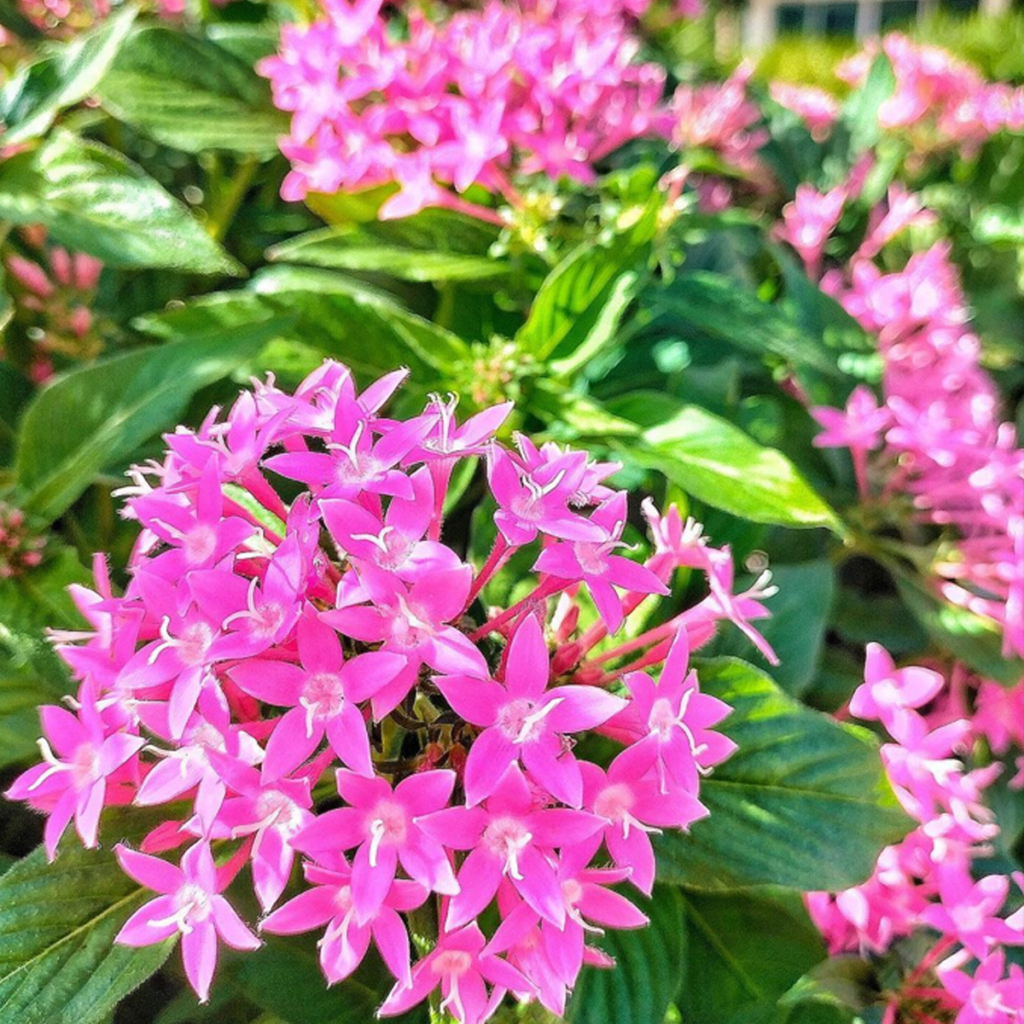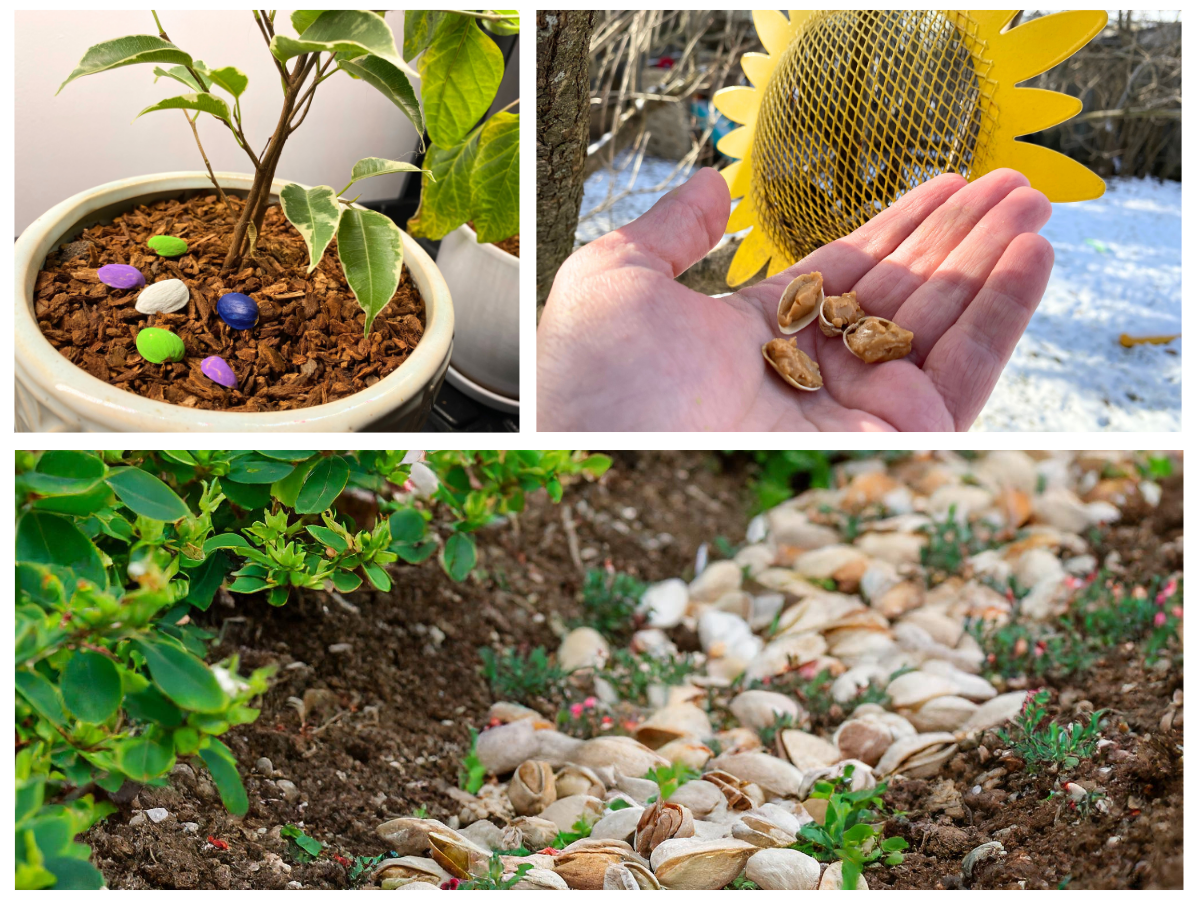Green Worms in The Garden: Natural vs. Chemical Control

Gardening is an enjoyable hobby that provides you with fresh produce and beautiful flowers and helps you relax and reconnect with nature. However, the presence of green worms in the garden can quickly turn this enjoyable experience into a frustrating one. These little creatures can cause significant damage to your plants and crops, making it essential to understand what they are and how to control them.
What are Green Worms?
Green worms are a type of caterpillar that is commonly found in gardens. They are called green worms because they are usually green or light green in color, although some species may have other colors, such as brown or yellow. These worms are in the larval stage of moths or butterflies and feed on the leaves, stems, and fruits of plants.
There are several types of green worms that you may encounter in your garden. Some of the most common ones include the cabbage worm, tomato hornworm, and armyworm. Each of these worms has its characteristics, behaviors, and preferences for feeding on plants.
The Damage Caused by Green Worms
Green worms can cause significant damage to your garden plants and crops. They feed on plants’ leaves, stems, and fruits, causing them to become weak and vulnerable to diseases and other pests. In severe cases, green worms can completely defoliate a plant, preventing it from producing fruits or flowers.
The damage caused by green worms can vary depending on the type of worm and the plant species they are feeding on. For example, cabbage worms can cause small holes in cabbage leaves, while tomato hornworms can eat entire tomato plants in just a few days.
Identifying Green Worms
The first step in controlling green worms in your garden is correctly identifying them. Green worms are usually easy to spot, thanks to their bright green color, but you may need to look closer to determine their exact species. You can identify green worms by looking at their body shape, size, and patterns on their skin.
Cabbage Worms

Cabbage worms are small green worms with a white stripe running down their back. They are usually found on plants in the cabbage family, such as broccoli, cauliflower, and kale.
Tomato Hornworms

Tomato hornworms are large green worms that can grow up to 4 inches long. They have a distinctive horn-like structure on their rear end and white V-shaped markings on their body. They are usually found on tomato plants but can also feed on other nightshade plants, such as peppers and eggplants.
Armyworms

Armyworms are green or brown caterpillars that are found in large numbers. They get their name from their tendency to move in large groups, like an army. They are usually found on grasses and can cause significant damage to lawns and pastures.
Controlling Green Worms in Your Garden
Controlling green worms in your garden is essential to prevent them from causing damage to your plants and crops. There are several ways to control green worms, including natural and chemical methods.
Natural Methods
Natural methods are one of the best ways to control green worms in your garden. Natural methods are safer for plants, families, and the environment and are usually as effective as chemical methods.
Handpicking
One natural method of controlling green worms is to handpick them from your plants. You can wear gloves, remove the worms from your plants, and drop them into a bucket of soapy water. This will kill them without harming your plants.
Birds and Beneficial Insects
Another natural method of controlling green worms is to attract birds and beneficial insects to your garden. Birds such as chickadees, titmice, and nuthatches are natural predators of green worms and can help to keep their populations under control. You can also introduce beneficial insects such as ladybugs, lacewings, and parasitic wasps to your garden. These insects feed on green worms and other garden pests, making them an effective natural control method.
Crop Rotation
Crop rotation is another natural method of controlling green worms. By rotating your crops yearly, you can prevent green worms from building up in the soil. Green worms usually prefer certain plant species, so changing what you grow in your garden each year can make it harder for them to find their preferred host plants.
Chemical Methods
If natural methods are insufficient to control green worms in your garden, you can consider using chemical methods. However, using these methods carefully and responsibly is essential to prevent harm to your plants, your family, and the environment.
Insecticides
Insecticides are chemicals that are designed to kill insects. You can use insecticides to control green worms in your garden, but choosing the right product for your needs is crucial. Look for insecticides that are labeled for the type of green worm you are trying to control, and follow the instructions carefully. It is also important to use insecticides in the early morning or late evening to avoid harming bees and other pollinators.
Bacillus thuringiensis (Bt)
Bacillus thuringiensis (Bt) is an effective natural insecticide against green worms. Bt is a bacteria that produces a protein that is toxic to certain types of caterpillars, including green worms. You can apply Bt to your plants to control green worms without harming beneficial insects.
Suggested Read: Organic Pest Control: Natural Solutions for a Healthy Garden – Organic Gardening Corner
Conclusion
Green worms can be a frustrating problem for gardeners, but they can be controlled using natural or chemical methods. By identifying the type of green worm you are dealing with and using the appropriate control methods, you can prevent them from causing significant damage to your plants and crops. Remember to use chemical methods responsibly and follow the instructions carefully to avoid harm to your plants, your family, and the environment. With the right approach, you can enjoy a healthy and thriving garden free of green worms.




